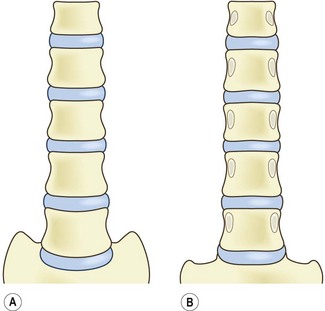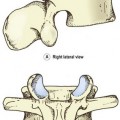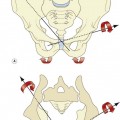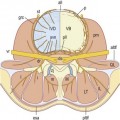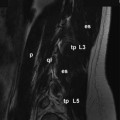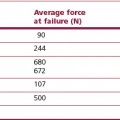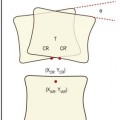Chapter 17 Reconstructive anatomy
There is a device by which students can become comfortable with the anatomy of regions. It is the discipline of reconstructive anatomy. Instead of scrambling through jumbled memories of names and the shape of structures, students can use a step-wise approach to organise the recall of facts. This chapter outlines such an approach, and it predicates the next chapter (Ch. 18) on radiographic anatomy.
The lumbar spine
It is the lateral view of this column that introduces the next level of detail. The vertebrae are stacked in a curved fashion, forming the lumbar lordosis (Fig. 17.1) A feature of reference in this column is that, most often, the third lumbar vertebra is the most horizontal. Higher vertebrae tilt forwards and upwards; lower vertebrae tilt forwards and downwards. Students able to invoke detail will recall that the average L1–S1 lordosis angle is about 70°, which dictates how curved the lordosis should be.
In an anterior view, there is nothing remarkable about this column. The vertebral bodies appear as rectangles, separated by their discs (Fig. 17.2A). Similarly, in a posterior view the column of vertebral bodies is unremarkable. The one new feature is that the posterior surfaces of the vertebral bodies are marked by the origin of the pedicles (Fig. 17.2B).
The next layer of reconstruction, in the anterior view, introduces the anterior longitudinal ligament (Fig. 17.3A). Correspondingly, in the posterior view, the posterior longitudinal ligament is introduced (Fig. 17.3B).
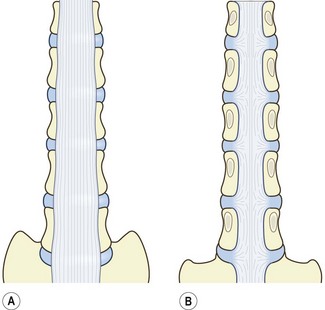
Figure 17.3 The lumbar vertebral bodies and their discs, onto which the longitudinal ligaments have been added (cf. Fig. 17.2). (A) Anterior longitudinal ligament. (B) Posterior longitudinal ligament.
For the time being, the reconstruction focuses on what lies behind the vertebral bodies. This introduces the dural sac, lying in the vertebral canal, and containing the caudal end of the spinal cord, which terminates opposite the L1–2 level (Fig. 17.4A). Hanging from the spinal cord are the nerve roots forming the cauda equina and the lumbar nerve roots passing around the pedicles to their intervertebral foramina (Fig. 17.4B). Eventually, these are enclosed by the posterior half of the dural sac (Fig. 17.4C).
The vertebral canal is then covered by the posterior elements of the lumbar vertebral column (Fig. 17.5A). They consist of the laminae and zygapophysial joints, the transverse processes and the spinous processes. The laminae are joined by the ligamentum flavum, while the spinous processes are joined by the interspinous ligaments
Stay updated, free articles. Join our Telegram channel

Full access? Get Clinical Tree



